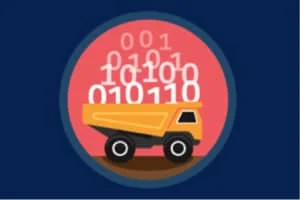
Ask an Architect: 5 Steps to an Effective Salesforce Data Management Strategy (Part 2)
“We have millions of records and constituents with high expectations around service and engagement; how do we develop an effective data management strategy?” In Part







